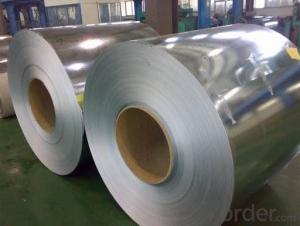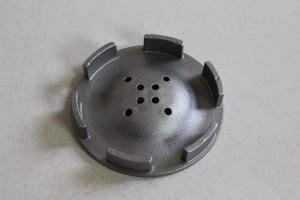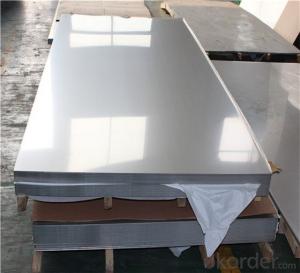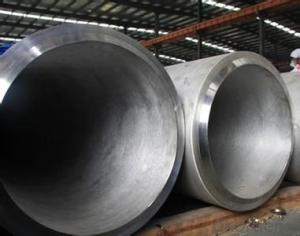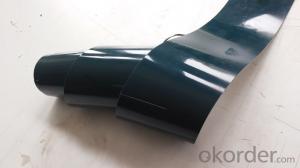Dark Stainless Steel Appliances
Dark Stainless Steel Appliances Related Searches
Best Paint For Stainless Steel Blanket Insulation For Steel Buildings Primer For Galvanized Steel Foam Filter For Stainless Steel H S Code For Stainless Steel Surface Grinding Wheels For Stainless Steel Surface Grinding Wheels For Hardened Steel Hole Saw For Stainless Steel Paint For Stainless Steel Stainless Steel For BbqHot Searches
Steel Mesh Panels For Sale Price For Stainless Steel Scrap Scrap Price For Stainless Steel Price For Stainless Steel Stainless Steel Tank For Sale Stainless Steel Sheets For Sale Cheap High Tea Sets For Sale Stainless Steel Tanks For Sale Stainless Steel For Sale High Density Fiberboard For Sale Solar Hot Water Collectors For Sale Scaffolding For Sale In Uae Scaffolding For Sale In Ireland Scaffolding For Sale In Houston Type Of Inverter For Solar Price Of Shipping Containers For Sale Types Of Inverter For Solar Stock Price For Aluminum Used Solar Inverter For Sale Steel Mesh Panels For SaleDark Stainless Steel Appliances Supplier & Manufacturer from China
Okorder.com is a professional Dark Stainless Steel Appliances supplier & manufacturer, offers integrated one-stop services including real-time quoting and online cargo tracking. We are funded by CNBM Group, a Fortune 500 enterprise and the largest Dark Stainless Steel Appliances firm in China.Hot Products
FAQ
- Yes, stainless steel sheets can be used in industrial applications. Stainless steel is known for its durability, corrosion resistance, and strength, making it suitable for various industrial sectors such as construction, automotive, manufacturing, and food processing. It is commonly used for building structures, machinery components, storage tanks, and in environments that require high hygiene standards.
- To remove scratches from mirror-finish stainless steel sheets, you can follow these steps: 1. Clean the surface of the stainless steel sheet with a mild detergent and warm water, then dry it thoroughly. 2. Identify the direction of the grain on the stainless steel sheet. The grain usually runs in one direction and appears as faint lines. 3. Using a non-abrasive stainless steel cleaner or a mixture of baking soda and water, gently rub the scratched area along the grain with a soft cloth or sponge. 4. Continue rubbing in a consistent motion until the scratches start to fade. Avoid applying excessive pressure to prevent further damage. 5. Rinse the surface with clean water and wipe it dry with a soft cloth. 6. If the scratches are still visible, you can try using a stainless steel scratch remover or a metal polish specifically designed for stainless steel. Follow the product instructions and apply it to the scratched area following the grain. 7. Once the scratches are no longer visible, clean the surface again with mild detergent and water, then dry it thoroughly to restore the mirror-finish appearance.
- There are several types of stainless steel sheet finishes, including No. 1, 2B, No. 4, BA, and satin.
- To calculate the cost of a stainless steel sheet, there are a few factors that need to be considered. 1. Determine the dimensions: The first step is to know the length, width, and thickness of the stainless steel sheet. These measurements will determine the amount of material needed, which is a significant factor in calculating the cost. 2. Determine the grade: Stainless steel sheets come in various grades, such as 304, 316, or 430. Each grade has different properties and costs associated with it. The grade required for a specific application will influence the price of the sheet. 3. Determine the finish: Stainless steel sheets can have different finishes, including brushed, polished, or patterned. The finish required will impact the cost as each finish requires different processes and materials. 4. Consider quantity: The quantity of stainless steel sheets needed can also affect the cost. Bulk orders often come at a discounted price, whereas smaller quantities may be subject to higher prices. 5. Research suppliers: It is crucial to research different suppliers and compare prices. Prices can vary depending on the supplier's location, reputation, and market conditions. 6. Additional costs: Some additional costs may be involved, such as transportation, handling, or cutting fees. It is important to inquire about these costs when obtaining quotes from suppliers. By considering these factors and doing thorough research, one can accurately calculate the cost of a stainless steel sheet.
- Different shapes can be achieved with stainless steel sheets by employing various processes, including bending, rolling, and welding. The choice of method depends on the desired shape and the thickness of the sheet. To form stainless steel sheets into shapes like cylinders or boxes, bending is commonly used. This involves clamping the sheet between a punch and a die and applying force to create the desired bend. By adjusting the pressure and the distance between the punch and die, the angle and radius of the bend can be controlled. Rolling is another technique used to form stainless steel sheets into curved or cylindrical shapes. This process entails passing the sheet through a series of rollers, which gradually bend the material into the desired shape. The diameter and curvature of the final shape can be altered by changing the spacing and alignment of the rollers. For more complex shapes, welding is often combined with bending or rolling. Multiple stainless steel sheets are joined together using heat and pressure to create the desired form. This enables the creation of intricate shapes, such as cones or irregular geometries. In addition to these methods, specialized equipment like hydraulic presses or hydroforming can be employed to shape stainless steel sheets. These techniques involve applying high pressure or fluid pressure to the sheet, resulting in deformation and the desired shape. It is crucial to note that forming stainless steel sheets necessitates skilled operators and precise machinery to ensure accuracy and quality. Moreover, the properties of the stainless steel, such as thickness and composition, can also impact the feasibility and success of the forming process.
- The maximum width of stainless steel sheets commonly available varies, but it typically ranges from 48 to 72 inches.
- Laboratory equipment and instruments benefit greatly from the use of stainless steel sheets. Their high suitability stems from stainless steel's exceptional resistance to corrosion, a critical feature in laboratory settings where exposure to various chemicals and substances occurs. Moreover, stainless steel exhibits remarkable heat resistance, rendering it fitting for applications involving high temperatures or sterilization procedures. Furthermore, stainless steel's ease of cleaning and maintenance plays a vital role in preserving a sterile and hygienic laboratory environment. The durability and strength of stainless steel contribute to its ability to withstand heavy usage and ensure long-lasting performance. Consequently, stainless steel sheets have gained a reputation as a dependable and widely preferred choice for laboratory equipment and instruments due to their corrosion resistance, heat resistance, cleanliness, and durability.

















